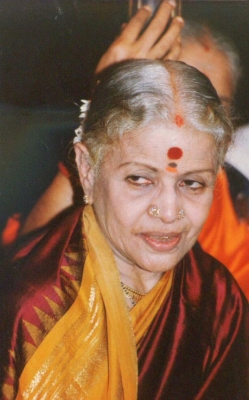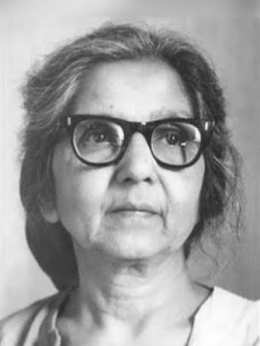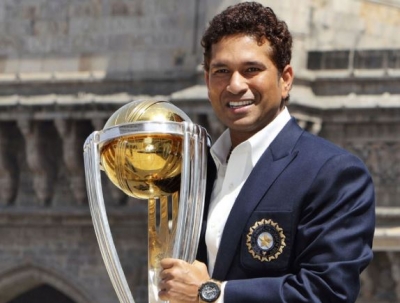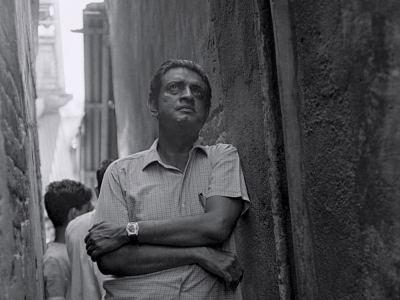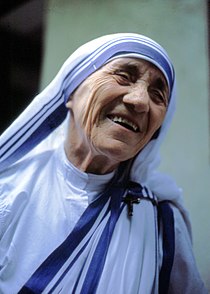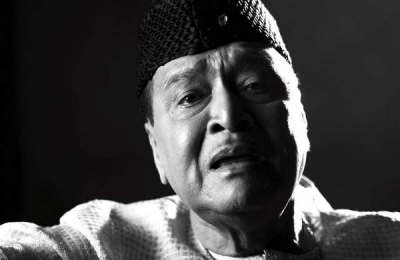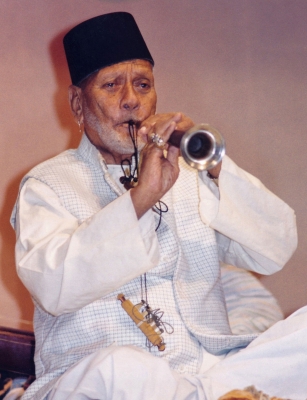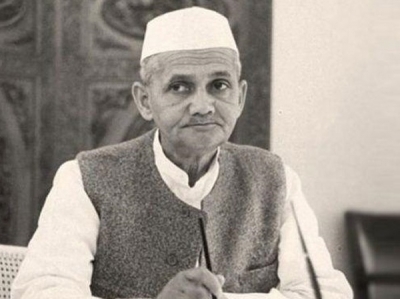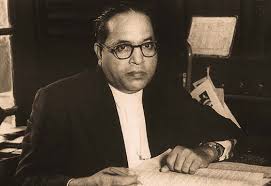In 1954, along with C. Rajagopalachari and Sarvepalli Radhakrishnan, which physicist from Tiruhirapally became the first recipient of the award?
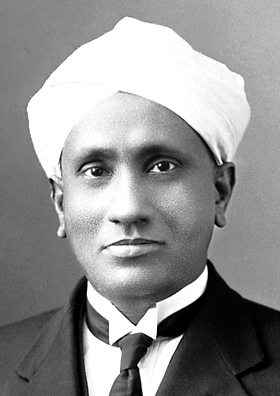
Sir Chandrasekhara Venkata Raman was an Indian physicist who made groundbreaking works in the field of light scattering. With his student K. S. Krishnan, he discovered that when light traverses a transparent material, some of the deflected light change wavelength and amplitude. This phenomenon was a new type of scattering of light and was subsequently known as the Raman effect (Raman scattering). His works earned him the 1930 Nobel Prize in Physics and was the first non-white, Indian or Asian person to receive a Nobel Prize in any branch of science.
He founded the Indian Journal of Physics in 1926. He and Krishnan discovered on 28 February 1928 a novel phenomenon of light scattering, which they called "modified scattering," but more famously known as the Raman effect. The day is celebrated by the Government of India as the National Science Day every year in commemoration of the discovery. Raman moved to the Indian Institute of Science in Bangalore in 1933 to become its first Indian Director. There he founded the Indian Academy of Sciences the same year. He established the Raman Research Institute in 1948 where he worked to his last days.
In 1954, the Government of India honoured him with the first Bharat Ratna (along with politician C. Rajagopalachari and philosopher Sarvepalli Radhakrishnan), its highest civilian award. He later smashed the medallion in protest against Prime Minister Jawaharlal Nehru's policies on scientific research.
Picture Credit : Google
